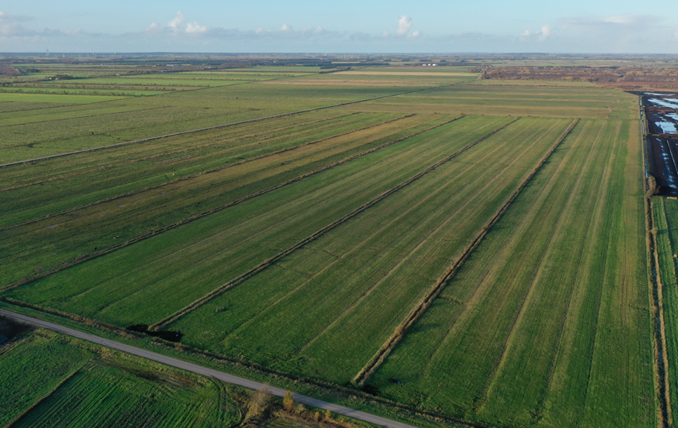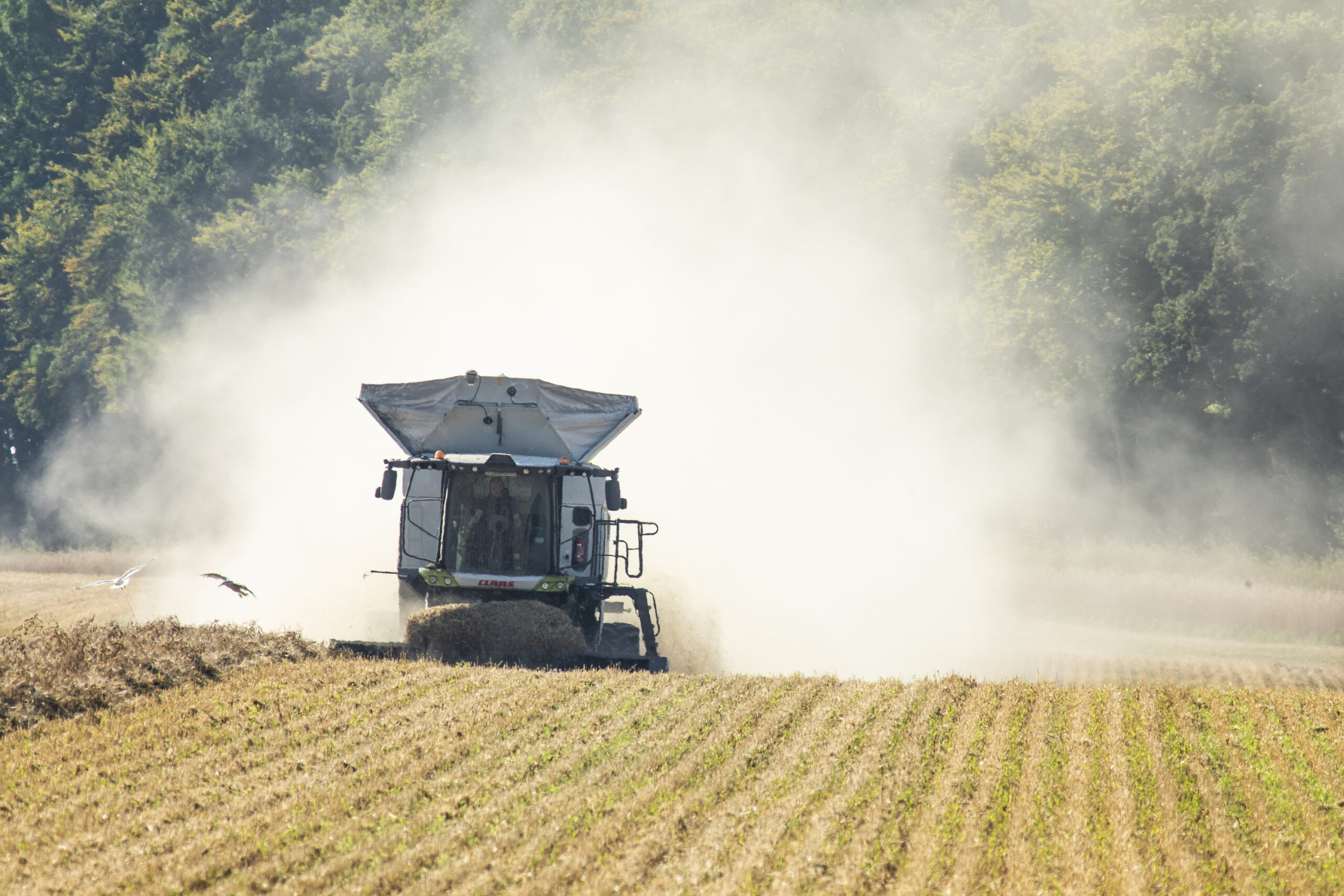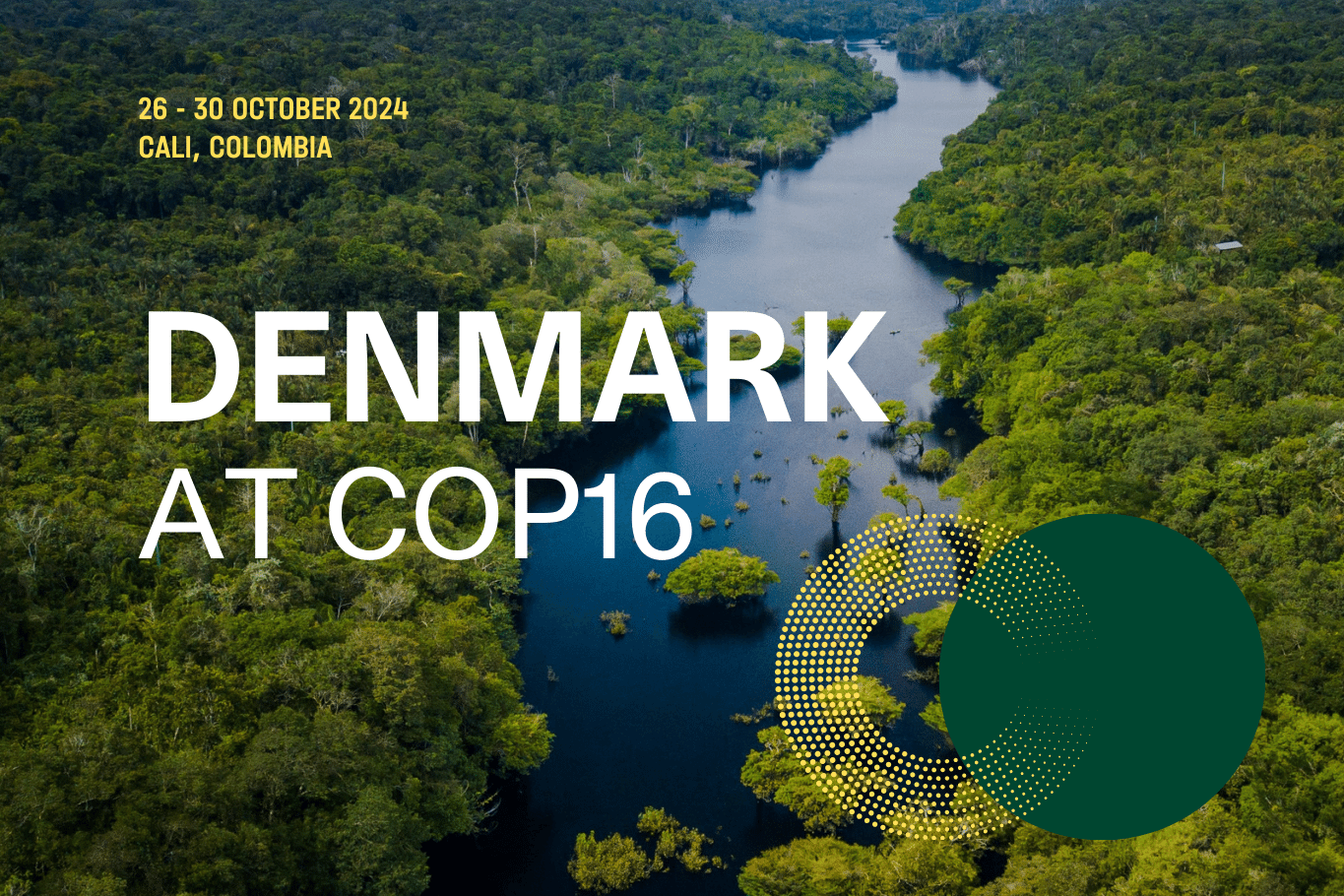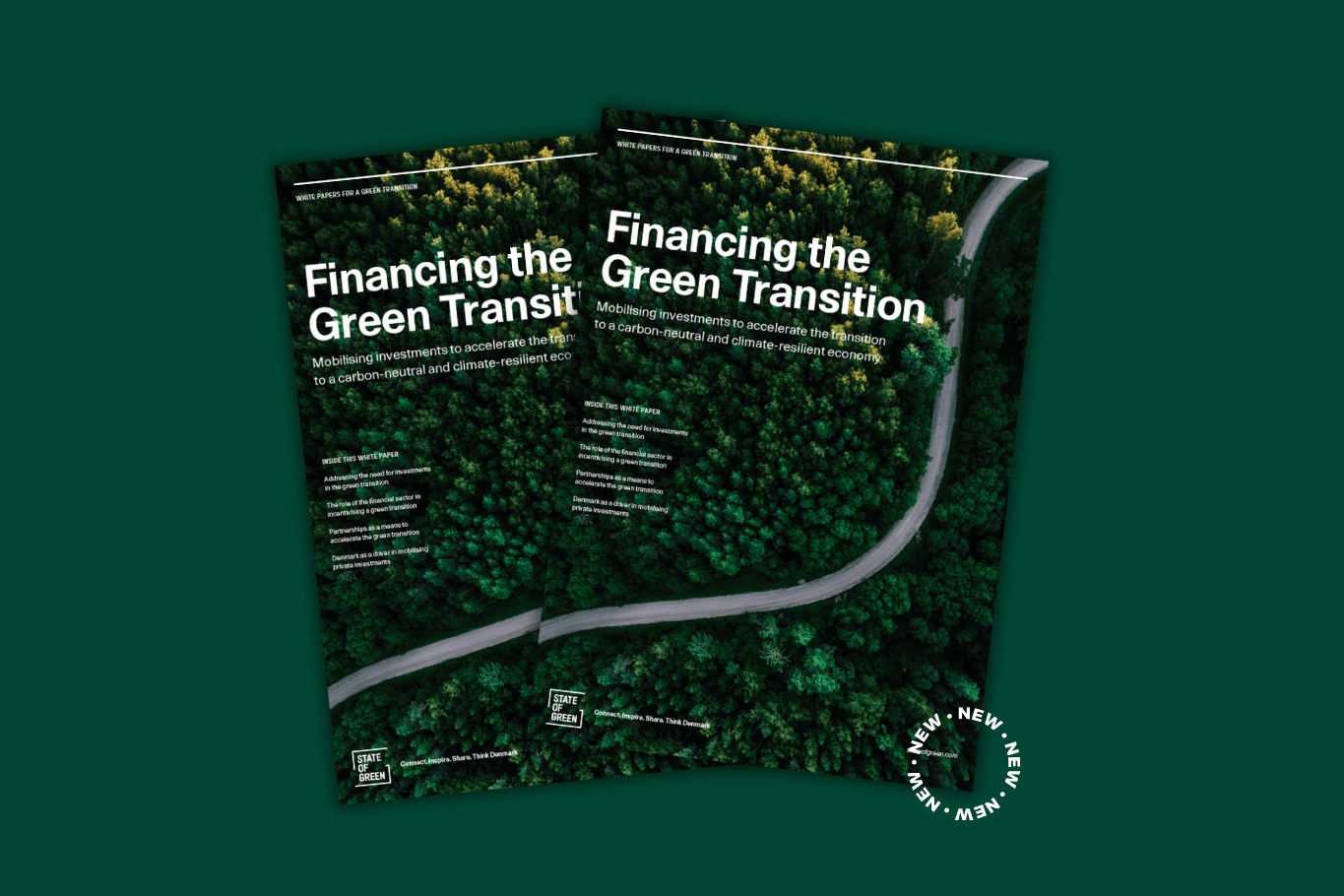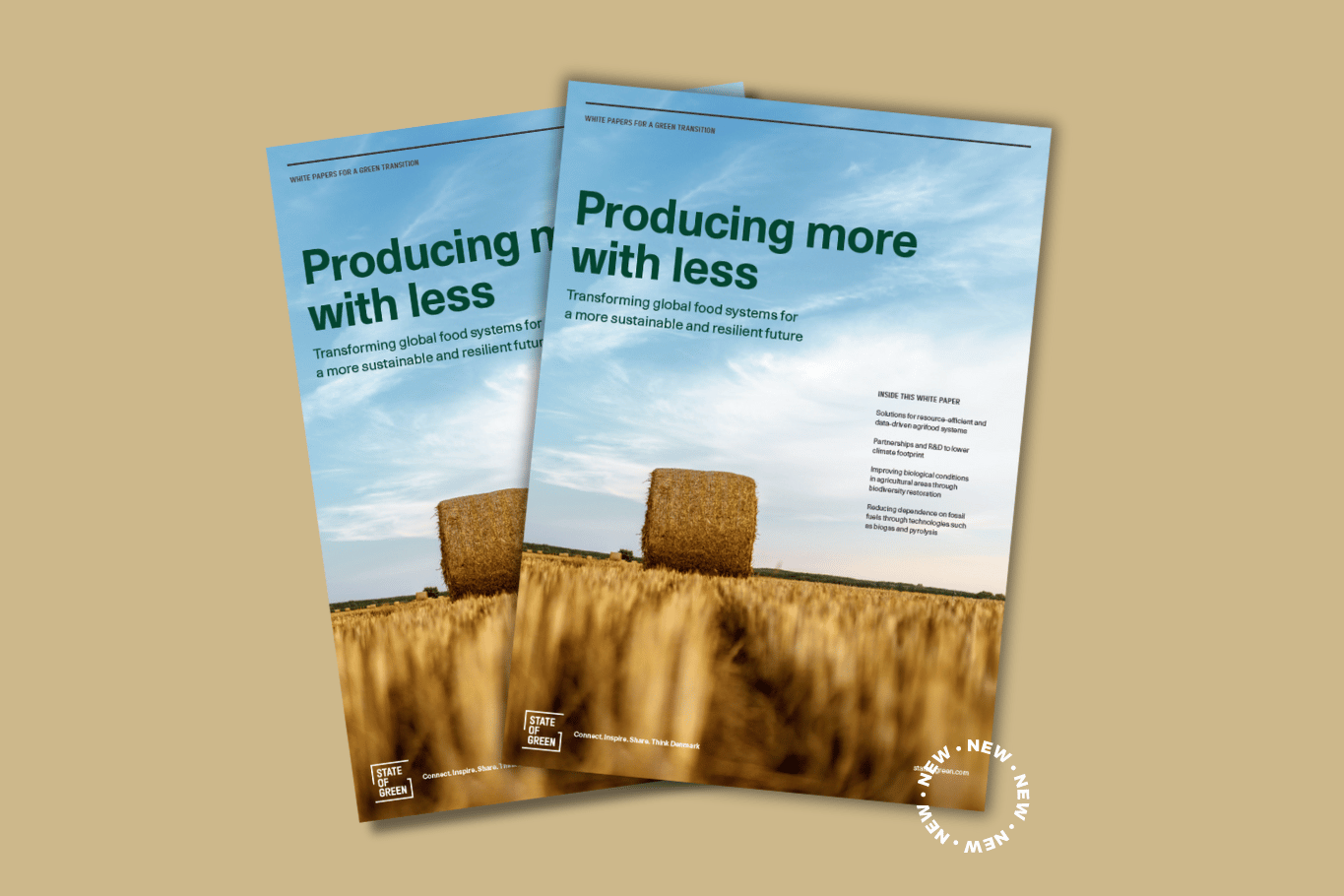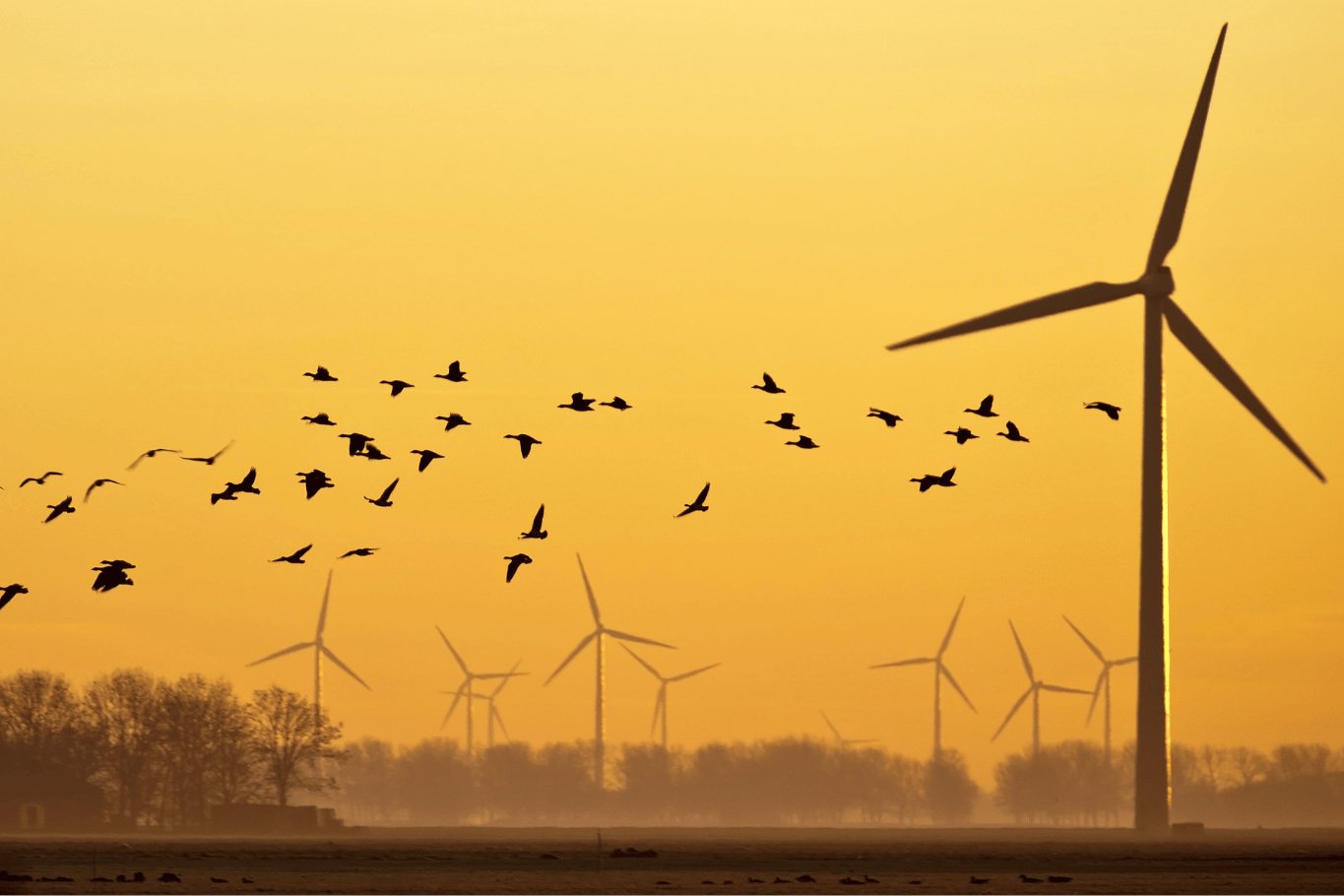As part of a larger commitment to restoring nature areas in Denmark, the Danish Nature Agency have commenced restorations of several natural environments across Denmark.
A good example of this initiative is the restoration of Store Vildmose, once one of Denmark’s largest wetlands, in Jutland
This initative is a vital effort to revive an endangered biome while benefitting biodiversity, the climate, and outdoor life in the area.
Starting in the 1920s, drainage efforts were undertaken in Store Vildmose, with the aim of converting the land for agricultural purposes.
As a result, Store Vildmose, among other Danish wetlands, have become increasingly scarce.
“We are in the middle of both a biodiversity crisis and a climate crisis, which we must resolve. Excavating low-lying soils is an important measure where we reduce CO2 emissions from the area and make room for a diverse nature to develop in the long term, which can, once again, teem with flora and fauna. The project in Store Vildmose is a good example of how the solutions to the biodiversity crisis and the climate crisis can go hand in hand,” says Magnus Heunicke, the Danish Minister of Environment.
Annual savings of up to 4,8 tonnes of CO2e
In 2021, a majority in the Danish Parliament embraced a commitment to reclaim and restore nature. This endeavour is part of a larger initiative that spans a total of 1000km2 of soils rich in CO2.
As part of the restoration process in Store Vildmose, over 25 kilometres of ditches have been refilled with earth, numerous drainage pipes have been blocked, and small dikes and embankments have been erected to optimise rainwater retention in the region.
As a result, the water level is now starting to rise in the central part of Store Vildmose. This resurgence of the area’s natural ecosystem prevents the release of CO2 as the waterlogged conditions enable a sequestration process.
Consequently, the project has been estimated to reduce greenhouse gas emissions by 4,833 tonnes of CO2e every year, which is approximately equivalent to the climate footprint of about 440 Danish citizens.
Get inspired: Denmark to increase its green development cooperation to an all time high
Along with the area’s rejuvenation, the revival of nature will foster a rich tapestry of natural habitats supporting a myriad of insect, plant, amphibian, and bird species.
“Local citizens and visitors to Store Vildmose can look forward to experiencing the area’s transformation and getting even greater nature experiences. Hopefully, the wetlands and meadows will become breeding grounds for birds such as lapwings and snipes as well as flocks of geese and swans which may use the area as resting places when they migrate from north to south or vice versa,” says Magnus Heunicke, the Danish Minister of Environment.
The Danish Nature Agency envisions that the area will be grazed and is planning to create a network of pathways, allowing anyone who is interested to venture out and witness the resurgence of nature.
